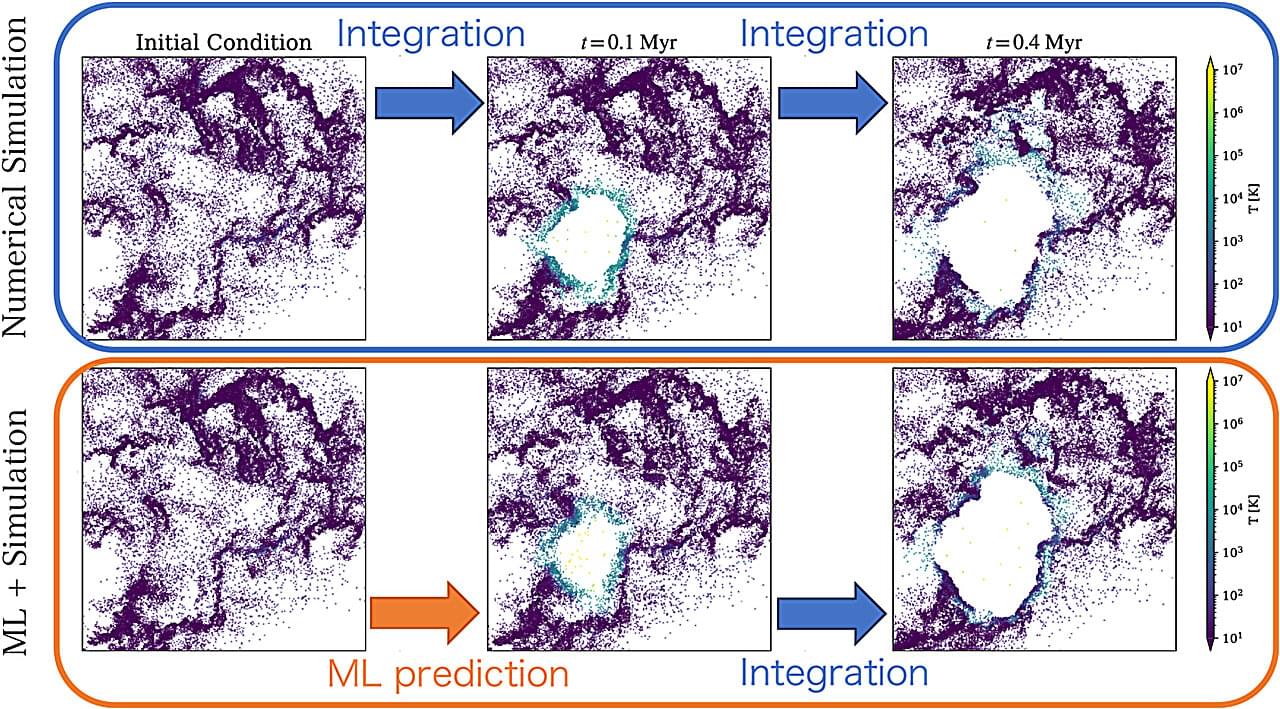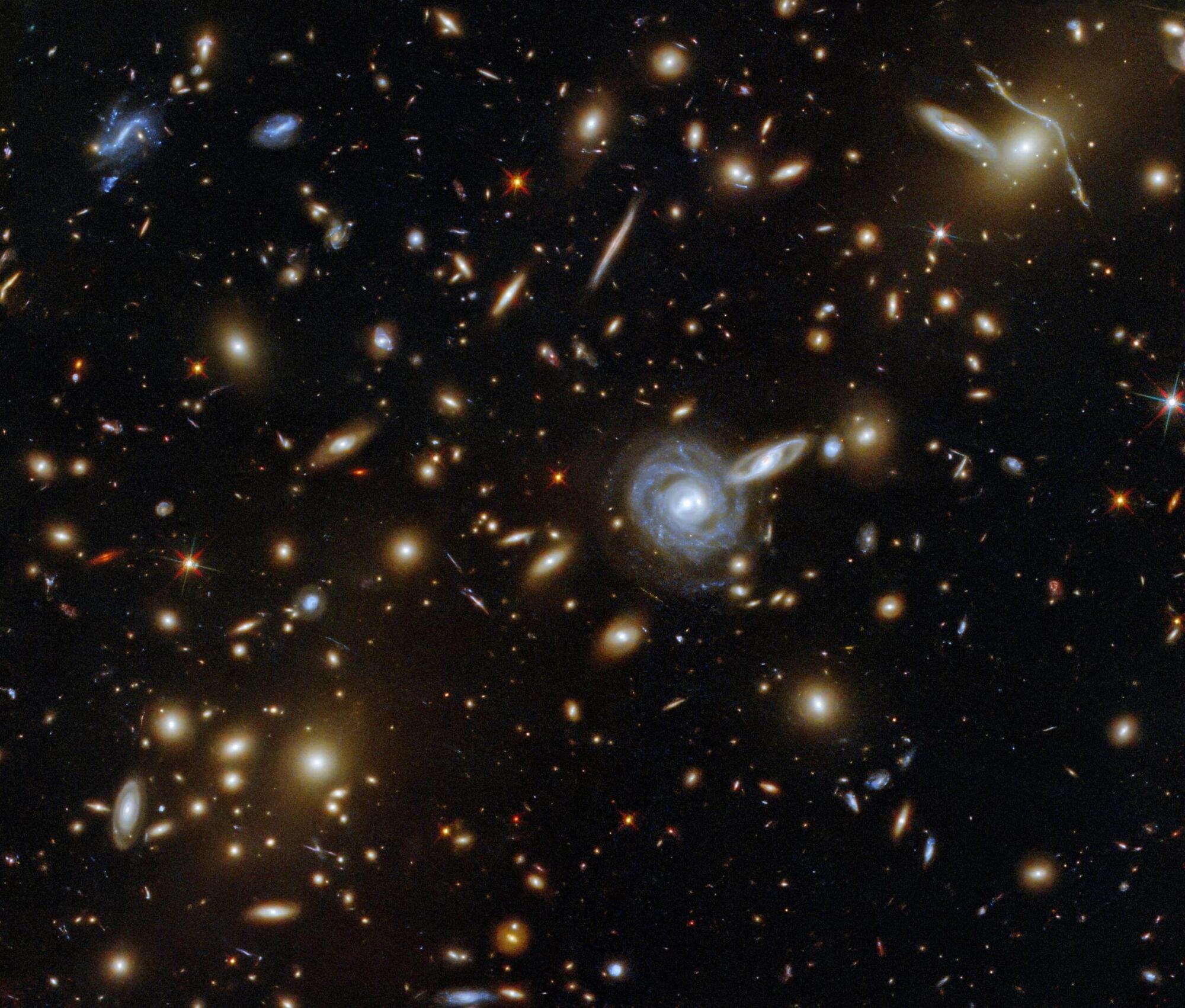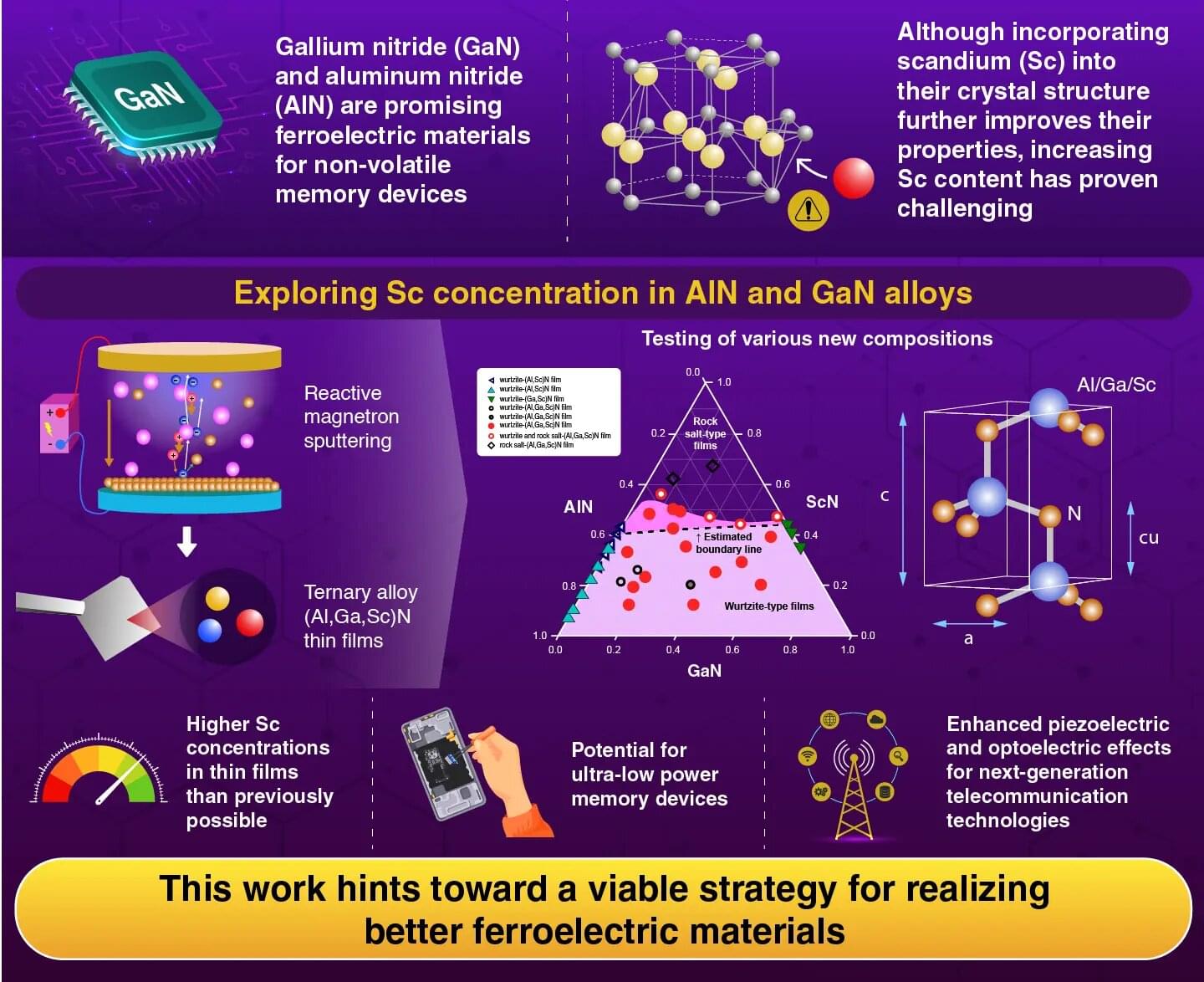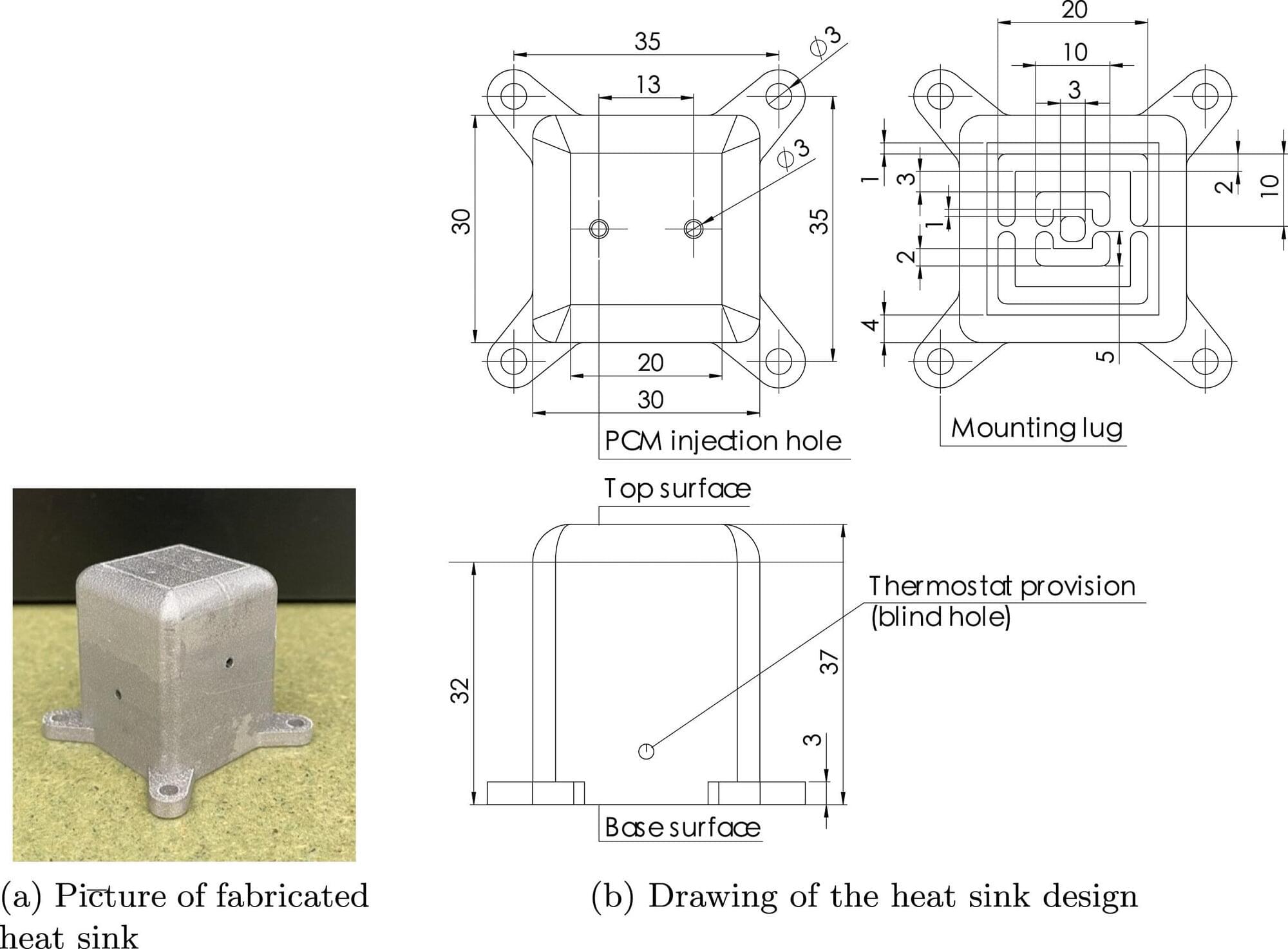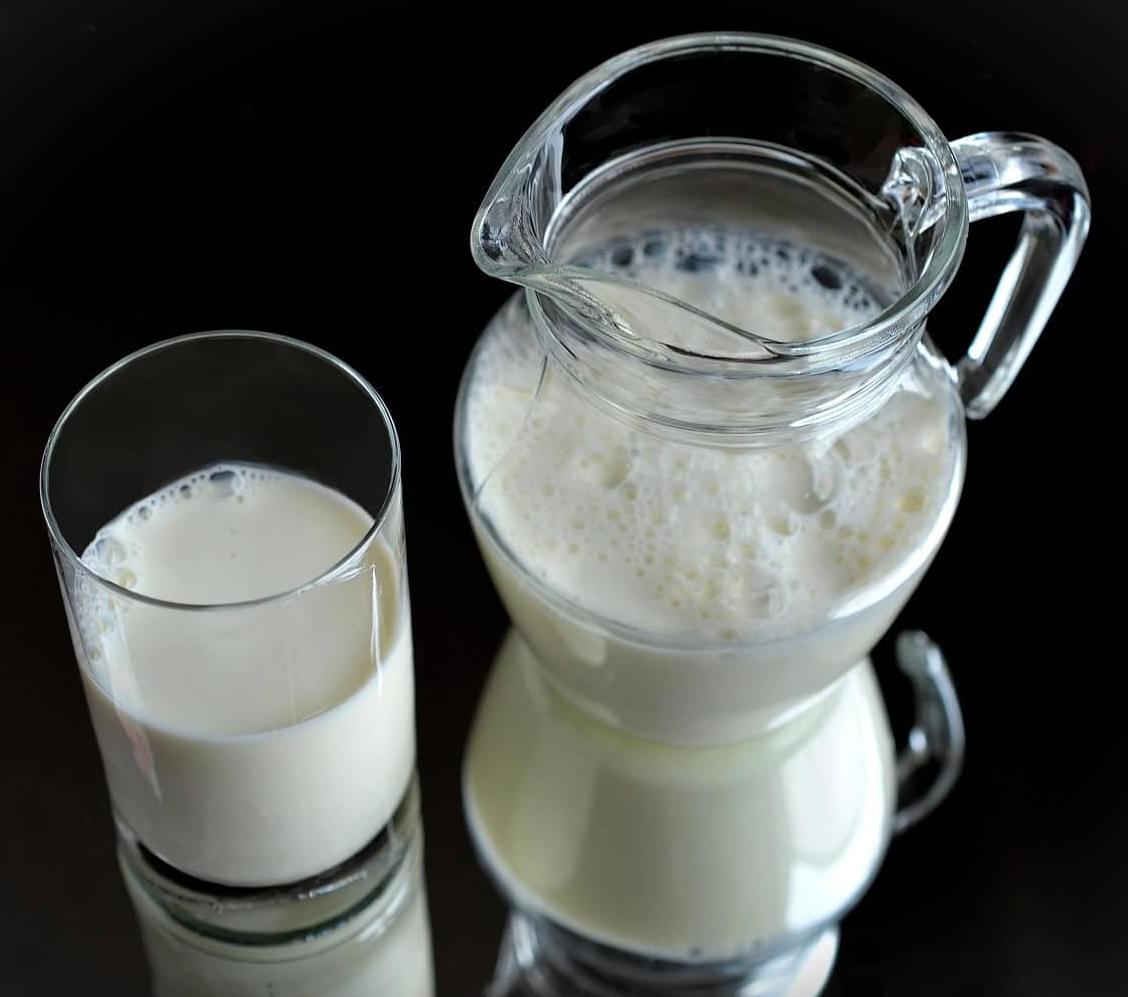Researchers have used machine learning to dramatically speed up the processing time when simulating galaxy evolution coupled with supernova explosion. This approach could help us understand the origins of our own galaxy, particularly the elements essential for life in the Milky Way.
The findings are published in The Astrophysical Journal.
The team was led by Keiya Hirashima at the RIKEN Center for Interdisciplinary Theoretical and Mathematical Sciences (iTHEMS) in Japan, along with colleagues from the Max Planck Institute for Astrophysics (MPA) and the Flatiron Institute.
